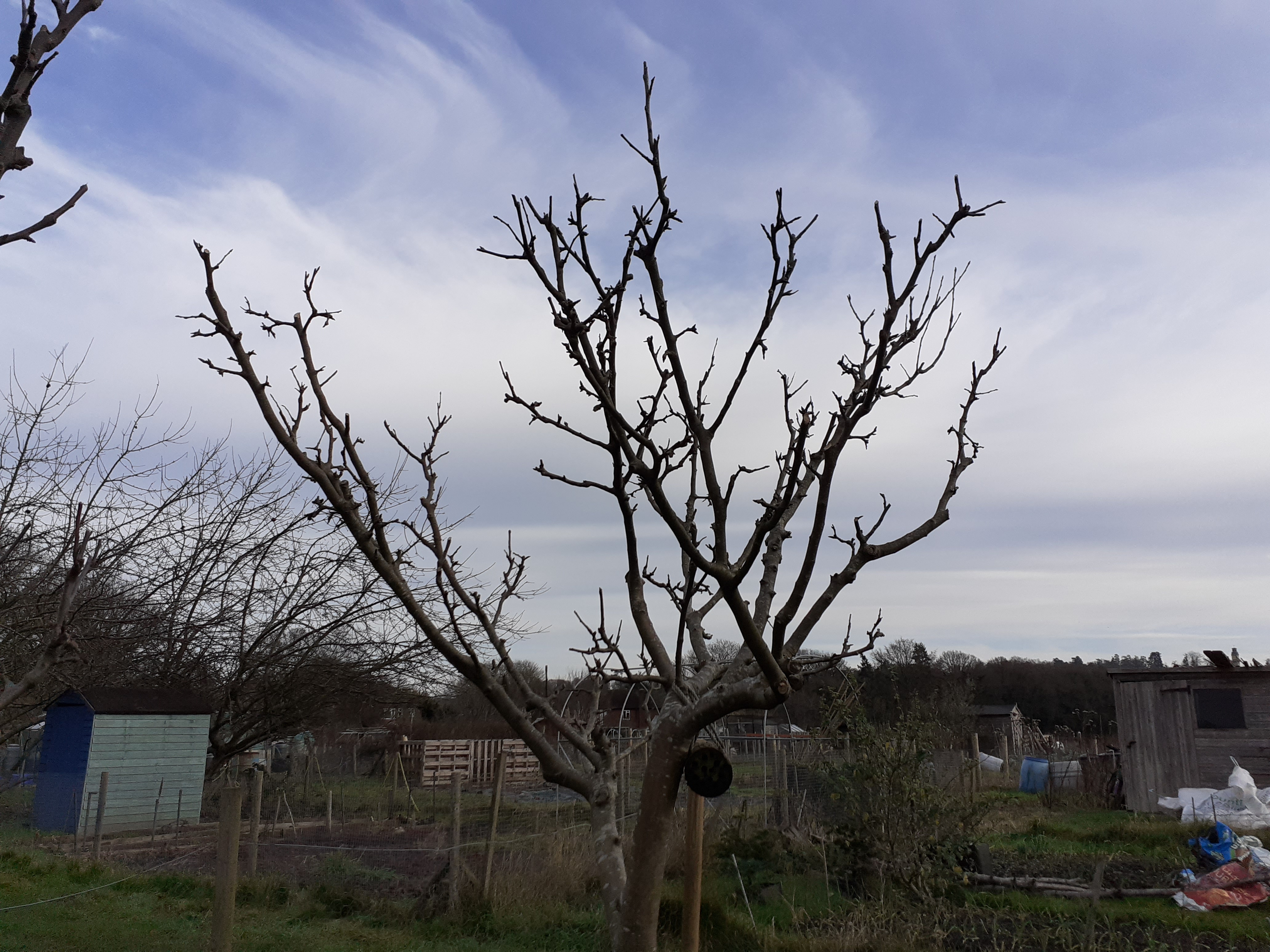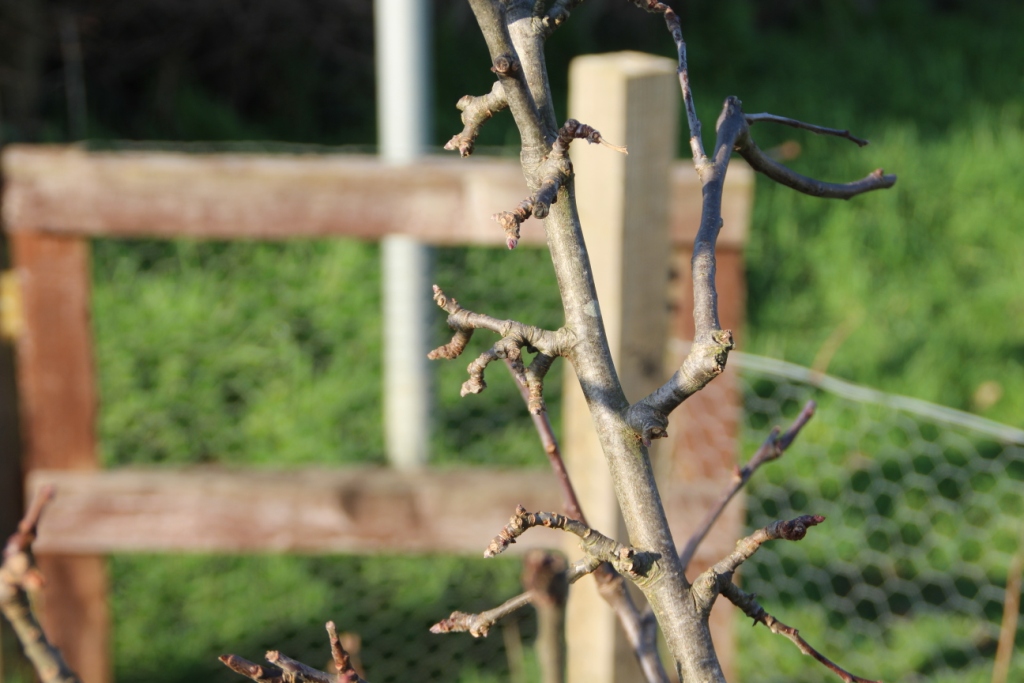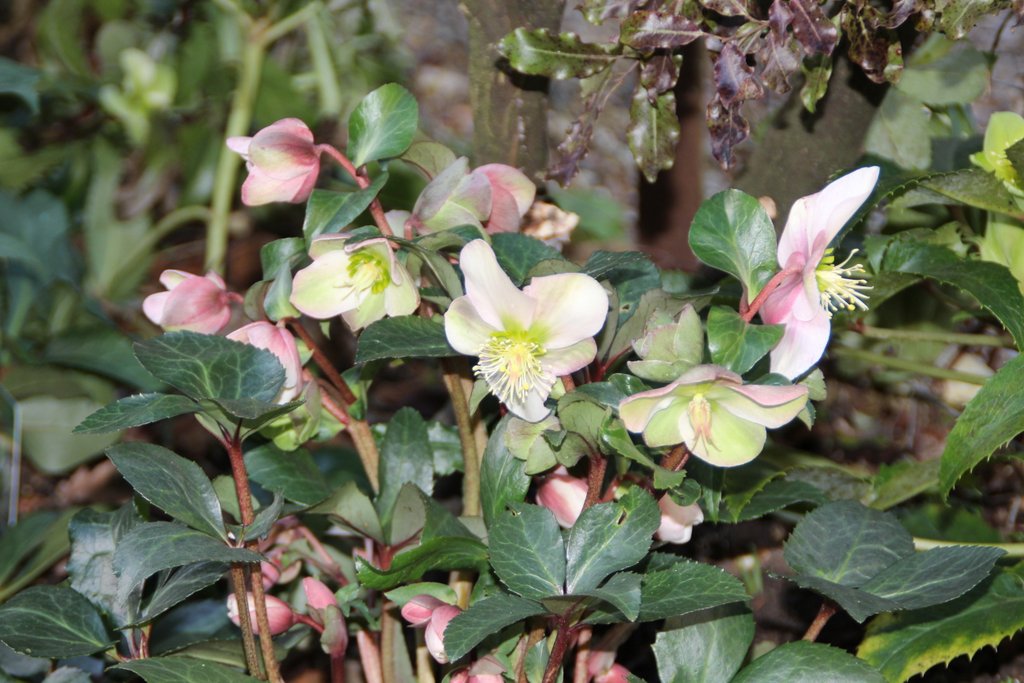As we usually say at this time of year, please remember that it is still winter (despite the lengthening days). We’ve already had heavy frosts and prolonged wet spells this winter, so don’t worry about postponing things if the ground is waterlogged or frozen. For those cold, soggy days; spend some time cleaning and sharpening your tools. As well as extending their lives, using well maintained tools is much easier.
In better weather; you can plant bare root shrubs and trees, and it is a good time to prune some plants. Apples, pears and wisterias are dormant with no leaf cover, so it is much easier to see the shape you’re creating. At this time of year, you can easily distinguish the larger, flowering buds from the smaller vegetative ones, making it easier to produce a balance of new growth and flowers.
Late flowering clematis can be taken down as far as you like, make sure that you make cuts just above a node. Similarly, with hardy fuchsias, make cuts just above nodes and leave as much stem as you need to create the shape that you want to achieve.
Herbaceous perennials and grasses that have been left over the winter to provide structure and seed heads are looking past their best now and can be cut back before new growth starts to emerge.
You can begin sowing summer cabbages, broad beans and beetroot under cover and finish sowing onions and leeks. We tend to start all of these in seed trays or cells so that they can develop good root systems before they have to take their chances in the allotment. Hellebores are in full flower and emerging spring bulbs all tell us that another gardening year is underway, if it has been a slow start, don’t worry you’ll have plenty of time to catch up.



